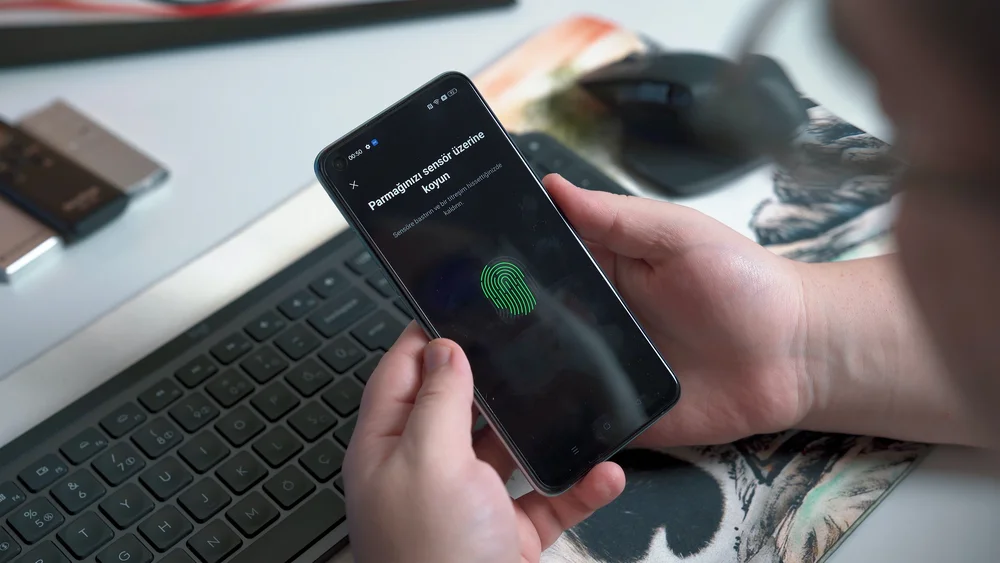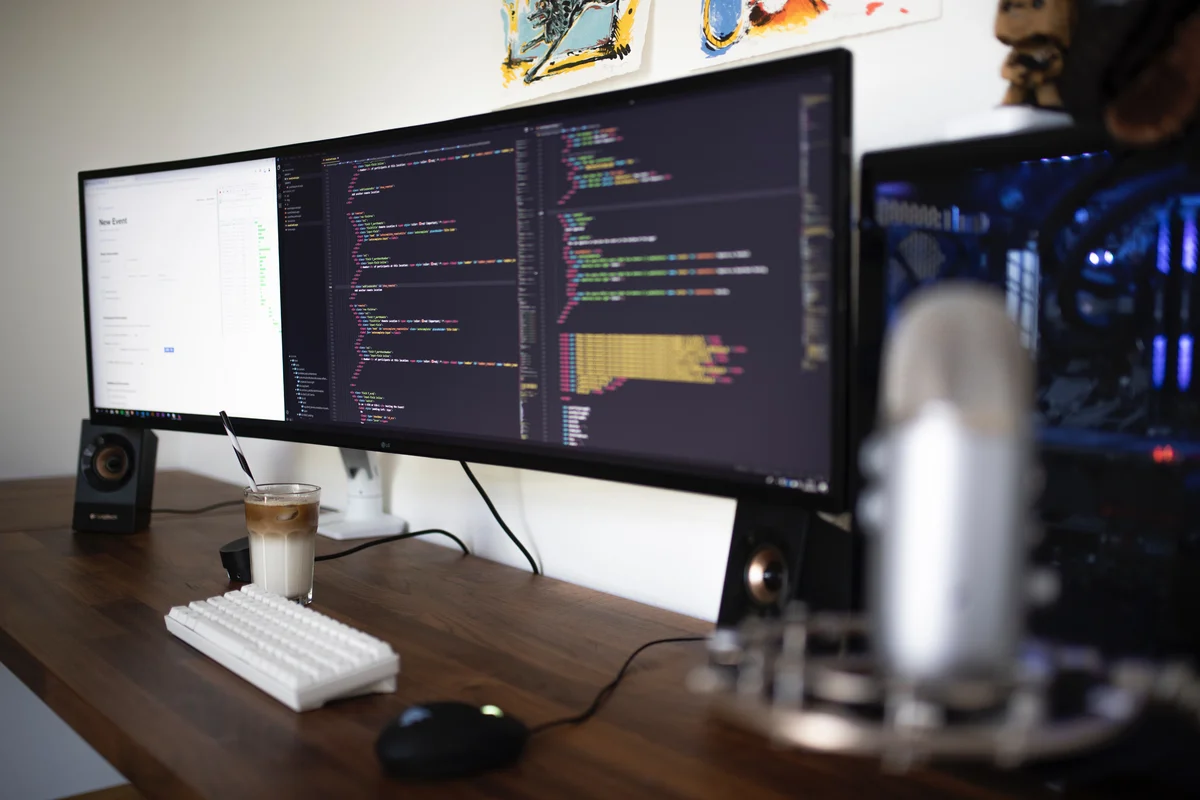How can Biometric Software help improve your workplace?
Biometric software is a security tool that can be used to control who enters and exits a building. It can be used for access control, security, and time accuracy. These systems are also popular in many industries, including healthcare, retail, and government. Here’s a look at how biometrics can benefit your workplace. https://www.ncheck.net is a good service provider in terms of biometric software.
Security
Biometric Software is an easy and convenient way to increase workplace security. The technology can be used for a variety of purposes, from regulating access to ensuring only authorized employees have access to company computers. Biometric authentication offers greater security than traditional passwords, as biometric information is unique to each person.
Many organizations suffer from employee time theft, which costs them billions of dollars each year. In the US alone, employee dishonesty is estimated to cost over $50 billion annually. Employers can use biometrics to combat employee time theft by creating an audit trail of their employee’s time. With biometric time and attendance monitoring, a business can reduce labor costs and increase its profitability.
Biometric authentication systems can also help businesses keep track of employee hours and compliance with labor laws. Biometric authentication systems can also be used for single sign-on, enabling users to login to several software systems with one ID. Google login, for example, makes it easy for employees to access many applications with one identity.
Time accuracy
Whether a workplace is small or large, biometric software can be an effective tool for tracking employee time. The technology is not only reliable, but also eliminates the need for manual data entry. In addition, biometric time clocks can be integrated with payroll systems, freeing up HR staff to focus on strategic duties.
However, there are a few issues to consider when implementing biometric software in the workplace. First, there are privacy concerns. Employers should not use biometric technology if it infringes on employees’ privacy. Biometric privacy laws vary from state to state and can result in heavy fines for employers.
Biometric software in the workplace can also help employers save money. Biometric time and attendance systems can help prevent time theft by providing a digital audit trail. These systems also allow employers to run reports that can identify suspicious behavior and inconsistencies.
Access control
The introduction of biometric authentication has brought a number of benefits to access control in the workplace. In addition to providing security, biometric authentication can also improve functionality and ease of use. For example, fingerprints in conjunction with facial and iris recognition can be used to ensure that the right people can access a secure manufacturing floor. These biometrics are particularly difficult to forge, and their combination can help reduce false rejections.
Biometrics are most effective in limiting access to sensitive areas, such as office buildings and manufacturing floors. They also strengthen building security by preventing unauthorized entry. Biometric technology also makes it easy for management to assign access to specific employees.
Industry-specific applications
Biometric technology has a host of benefits to the modern working environment. For example, it can help simplify physical access control, a key component of flexible working. Using biometric access cards and smart locks, a business can ensure that only employees with the correct credentials can access its premises. It can also be integrated into time and attendance systems, giving a business reliable insights into employee working patterns.
Biometric software can be used in a number of different settings, from office buildings and manufacturing floors to private rooms and safes, like biometric attendance system. Unlike traditional keys, biometric technology can provide a better user experience for workers and increase the safety of the workplace. It is not surprising that physical access is one of the most common biometric applications. In fact, 80% of all door locks have a physical component, making biometric technology a vital part of your workplace security.
Innovation
Biometric Software is a growing trend for workplace innovation and security. It allows people to put their trust in the digital world. It allows organizations to manage sensitive information more securely. It is also easy to set up and maintain. The future of biometrics is mobile. By integrating biometric software into mobile devices, organizations can implement security measures without the need to create and maintain a separate security system.
Moreover, Biometric Software can help in the identification of employees and patients. However, a biometric solution must be integrated with the hospital’s EHR platform and other applications. One example is the Windows Hello system, which grants access to devices and apps. However, this feature is only available on Windows 10 and many hospitals are still updating to this new operating system. A hospital should also analyze its IT infrastructure, network capacity, and integration capabilities before implementing a biometric solution.




